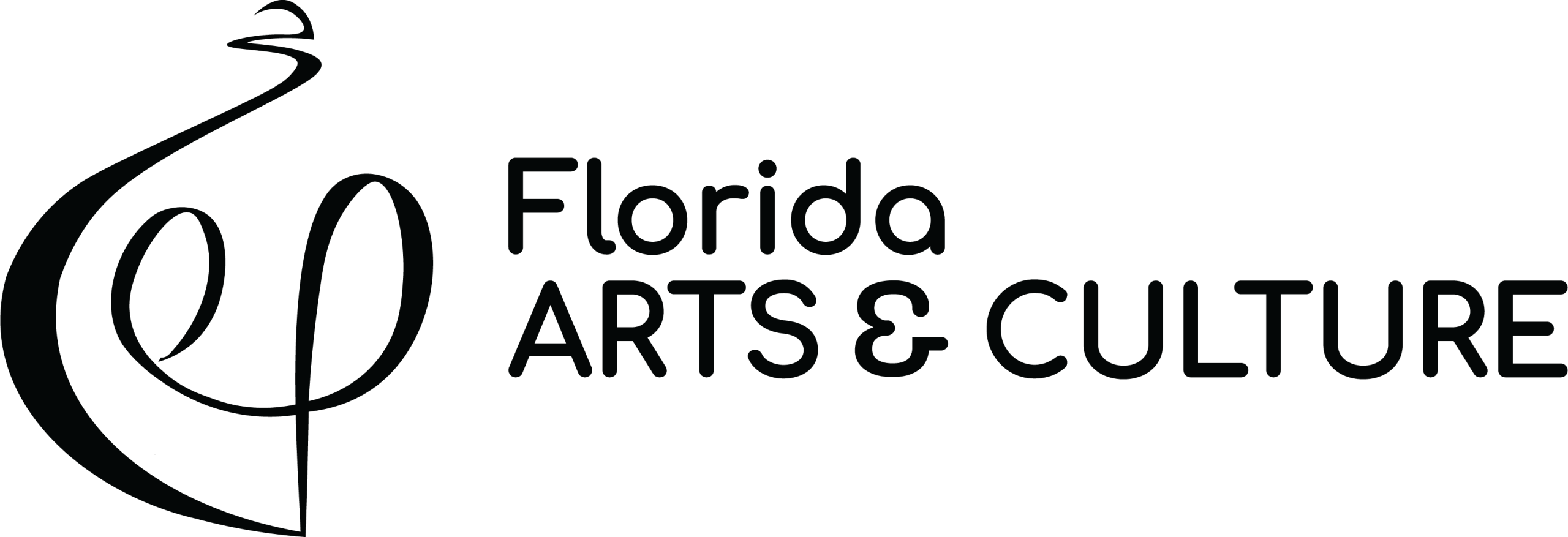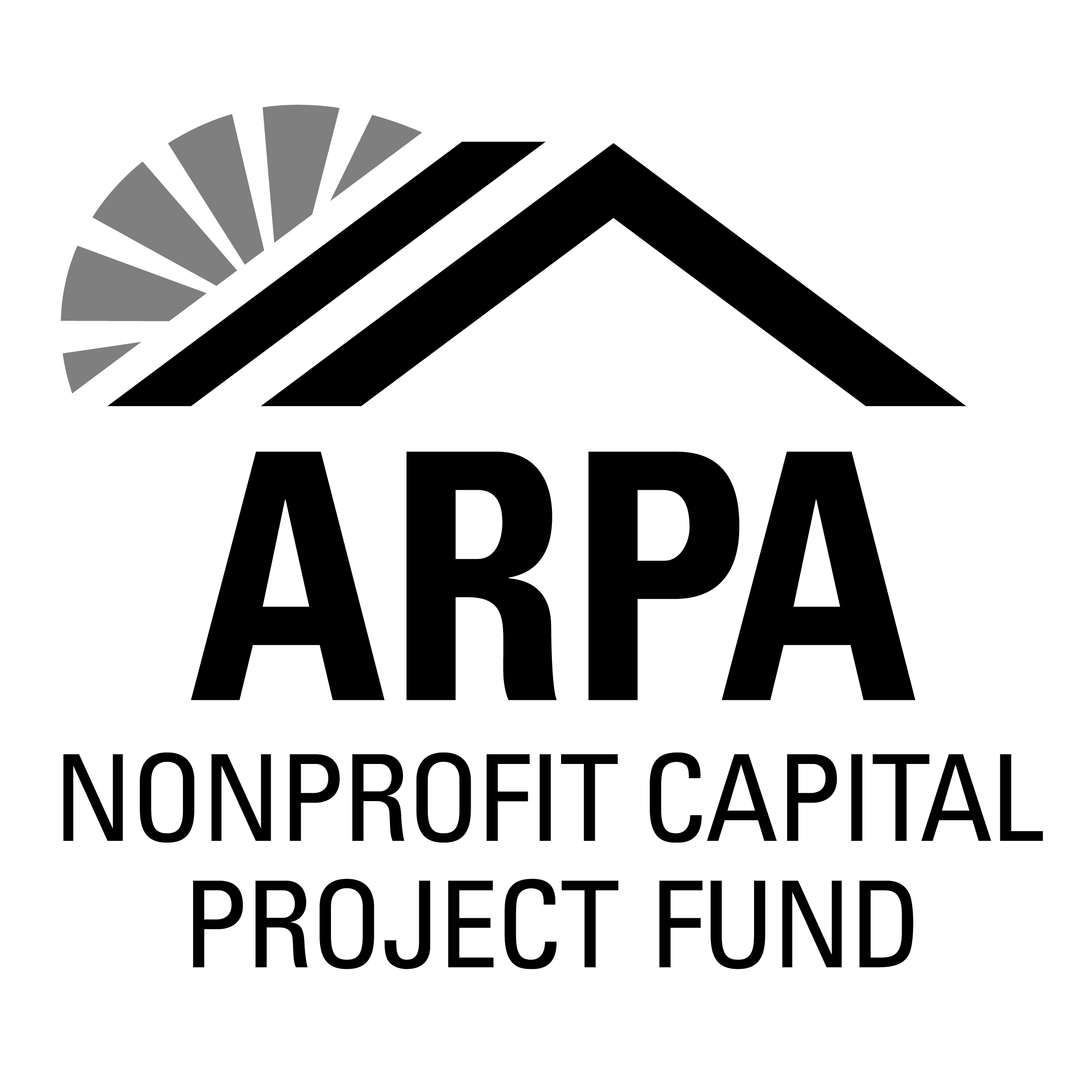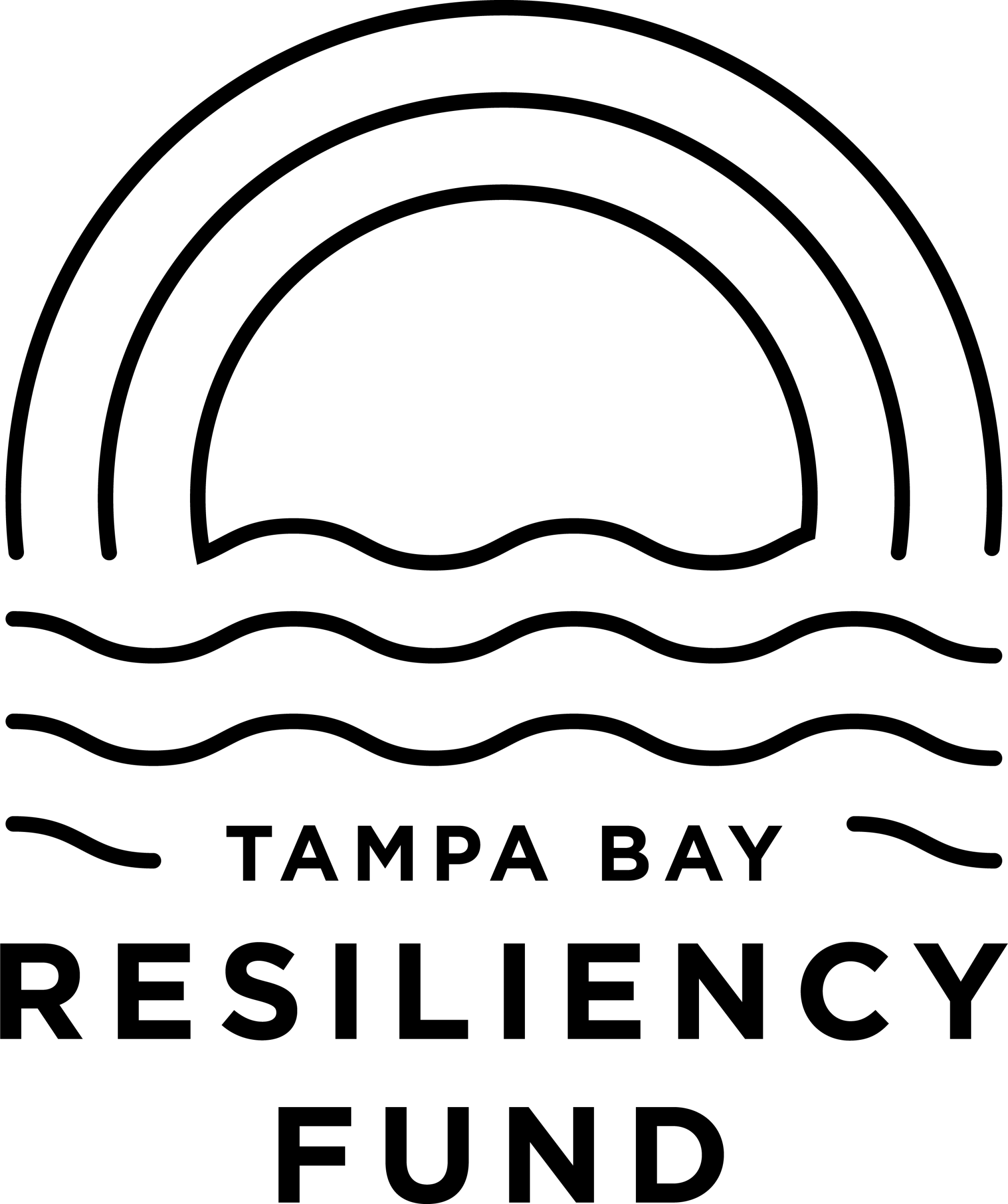I saw my wifeäó»s eyes well up with tears as she stood in the gallery space.
Tracy Midulla Reller, a member of the Cunsthaus collective and creative director of Tempus Projects, empathizes. She describes the current Cunsthaus exhibition, (Other) People in Love by Pat Blocher, as “beautiful and painful.”
“It breaks my heart in the most lovely and lonely way,äó she adds.
For the work in the exhibition, Blocher lined the beds of couples and families with photosensitive paper. As they slept, light bled through bedding and clothing and around shifting bodies. The long glossy paper is creased and crinkled where it once held the weight of slumbering people in love. Hung tall in the tight space of Cunsthaus, the work has the effect of simultaneously amplifying an intimacy and an enormity.
This may well characterize the unassuming Tampa gallery space as a whole: Less than a year into its existence, Cunsthaus has developed a knack for distilling large and exciting ideas in a potently intimate manner.
As the subtle wordplay of the name suggests, Cunsthaus is unabashedly feminist. As if setting the tone for the upcoming year of programming, the gallery welcomed 2017 with a screening of music videos by Russian artists and activists Pussy Riot. The gallery and collective, though, approaches feminist thought and art in a variety of manners and perspectives, from the overtly political juried exhibition We Want a President to quiet examinations of love and family in the aforementioned Pat Blocher solo exhibition. In addition to making for an engaging variety of exhibitions, this also reflects a diversity of thought within the collective.
äóìI think its safe to say we are all feminists,äó says artist and Cunsthaus member Becky Flanders, äóìbut what that means for each of us is up for negotiation and how we see the work fitting in within that and the wider community is a constant negotiation through action.äó
Cunsthaus found its genesis along with its home when a storefront space became available adjacent to the acclaimed Seminole Heights gallery Tempus Projects.
äóìCunsthaus came about as a strategy to occupy and program a space that was the last parcel in [the] Tempus Projects building not occupied by Tempus. It became available when the tenant moved to another space down the block,äó explains Sarah Howard who is also a Cunsthaus member and æCurator of Public Art and Social Practice at the University of South Floridaäó»s Institute for Research in Art. äóìSince the facility already houses a gallery, a project space and an artist residency, why not include a feminist art collective?äó
It was quickly discerned that a fundamentally feminist art collective and gallery could fill the space in the building as well as a need in the community.
äóìThis also happened just shortly after a discussion Iäó»d had with Becky Flanders that we both felt our art community was truly deficient when it comes to feminist or primarily female driven exhibitions and initiatives,äó Tracy relates. äóìSo when the space was available, I started to call together some of the amazing artist and professionals Iäó»d worked with in the past to see if we wanted to collectively make something happen.äó
Of course, something did happen. A collective of artists, curators and arts professionals was assembled, which today numbers at 12, and in August 2016 the space premiered its first exhibition. The space has since hosted numerous exhibitions from a variety of artist working near and far.
Becky Flanders says this is done with some intentionality.
äóìWe really have a great art community continuing to build here, between those artists and art workers who live here as well as a revolving cast of artists who may stay for several weeks, months or years through various programs,äó she says. äóìAnd these revolving characters then become, in essence, a Tampa diaspora as they move on to other places. Cunsthaus is committed to continuing this by showing local as well as regional, national or international currently working artists.äó
This widely diverse selection of artists has produced challenging, provocative and moving exhibitions. Though this is partly owed to considered programming and curation, the unique nature of the gallery and collective itself may also account for the compelling exhibitions. As a small, feminist not-for-profit collective, Cunsthaus offers an opportunity for the sort of artistic risk-taking that commercial galleries or larger institutions may find very challenging to offer. The exhibitions become experimental in a rather literals sense. That is, artists may experiment with new ideas and reflect on results in connection with the gallery visitors and the collectiveäó»s members. For example, Sarah Howard relates to recent artists engaged with Cunsthaus and its community.
äóìArtists Angela Dean and Anthea Behm both used the space as a way to examine and reflect on new work outside of the studio environment, but without the professional pressure of a commercial gallery,äó she says. äóìDeane created new work using the space as an open studio and Behm presented new work, but both reported that their conversations and dialogue with visitors and members of the collective provided them with thoughtful engagement and immediate feedback for the work not often garnered without the organization of multiple studio visits.äó
As galleries go, Cunsthaus is yet young and continues to develop and experiment. However, if its past schedule foreshadows upcoming programming, there are almost certainly some exciting events in the wings. It may continue to be a setting wherein expansive and vital ideas are addressed, engaged, wrestled with in rare intimacy.
äóìI would like Cunsthaus to continue to grow and expand, but I think it already is what it aspires to be äóî an experimental lab and incubator for cultural production and engagement organized by a collective of women and feminists,äó Howard says. äóìThe exhibitions, screenings, performances and programs presented bring people together to address, discuss, and raise awareness of critical issues and to explore new concepts and ways of seeing through a feminist lens.äó


